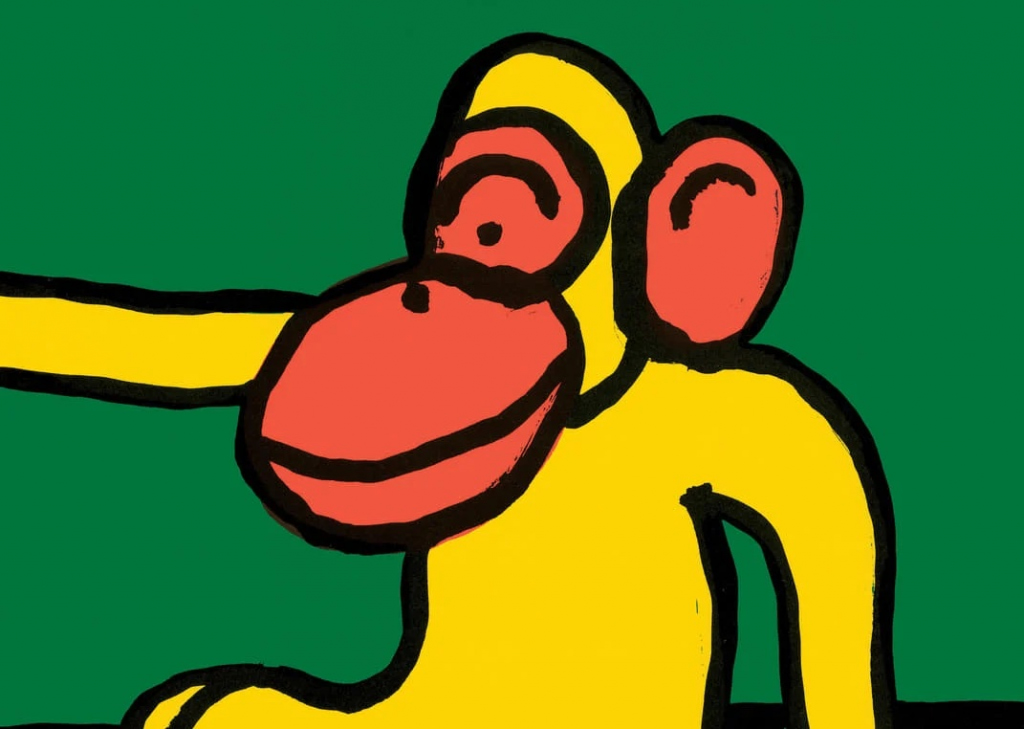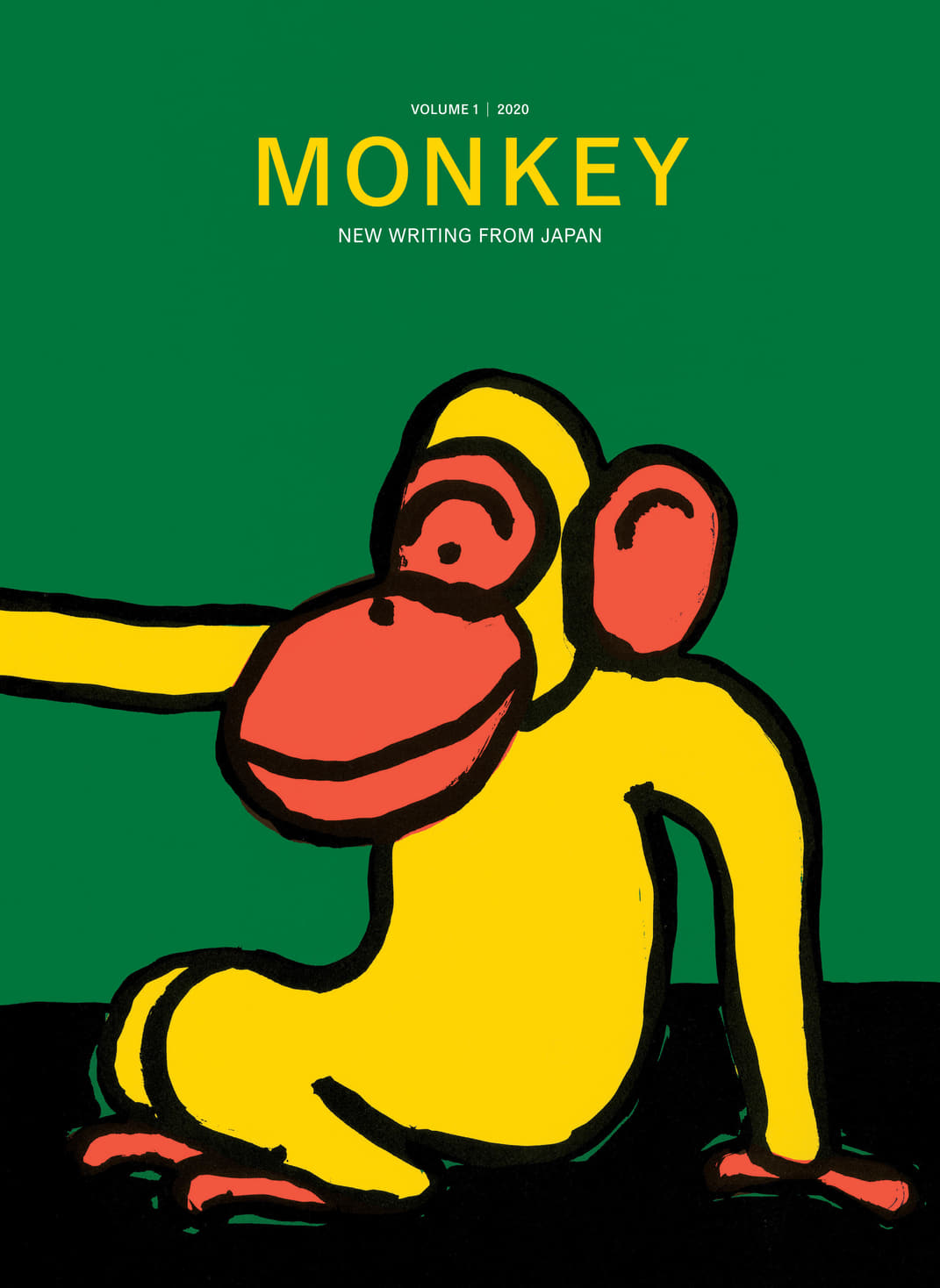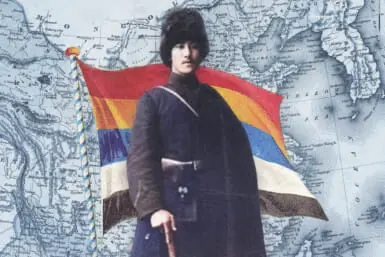Living in Japan as an avid reader, I’m habitually on a hunt to find trusted sources for high-quality translations of captivating, modern Japanese fiction. I knew I had discovered the answer when I immediately became engrossed in Monkey: New Writing From Japan, the first and only annual journal on the subject. Metaphorical peaches, homicidal barbers and syrupy nectar are just some delights from the first volume.
The publication’s story starts with two indispensable people, Motoyuki Shibata and Ted Goossen. Shibata is also the editor of Monkey, a Tokyo-based publication that highlights contemporary Japanese writing and translations from English. After editing the Oxford Book of Japanese Short Stories, Goossen gained an immense appreciation for contemporary Japanese authors. He approached Shibata with a proposition: to build a bridge that connects English readers with the unforgettable stories being written in Japan today. And so, Monkey‘s English edition was born.
“It’s guided by an intensely dedicated, brilliant, agile, and innovative team of editors: Ted Goossen, Motoyuki Shibata, and Meg Taylor. It boasts the best roster of Japanese-to-English literary translators in the world,” says Roland Kelts, author of Japanamerica and one of Monkey’s contributing editors, “There’s nothing like Monkey and there probably never will be. It’s an honor for me to be a part of this grand adventure.”
Giving Translators a Voice
In recent years, the popularity of translated Japanese works has skyrocketed. In 2020, Mieko Kawakami’s Breasts and Eggs, translated by ˆMonkey contributors Sam Bett and David Boyd, was released to international success; Earthlings by Sayaka Murata, her second translated novel after her bestselling Convenience Store Woman, was reviewed favorably by both The Guardian and The New York Times.
However, while their names are increasingly recognized across the world, their translators tend to sit in the shadows. You have most likely heard of Haruki Murakami but fail to recognize Goossen, Philip Gabriel or Jay Rubin, his main translators. Monkey puts a spotlight not only on the author but their partner-in-words as well, featuring a ‘Translators to Watch For’ page on their website, and pairing authors and translators for special events. Often, in the wake of these enthralling conversations, seeds of inspiration lead to stories that eventually find their way back into Monkey.
“Translation is a very good way to shout, ‘Here’s another fun way to do it!’ As a translator of contemporary American fiction, I’ve been part of that shout for many years, but I realized that we as a team were in a good position to do it the other way round,” says Shibata.
Video: Hideo Furukawa and his translator, Jordan Smith, at a virtual launch event for MONKEY.
Whether intentional or not, reading reveals an insight into the world, culture and philosophy of an author. Fiction can evoke an emotional insight into a culture that say, a technical 800-page analysis of Tokugawa battle tactics does not.
As Kelts says, “Japanese fiction can give us a sense of how the culture perceives its own societal DNA and the world beyond through a writer’s choice of words, characters, description, routine, and drama. What might seem like sudden bursts of magical realism to an American or European reader of a story by Mieko Kawakami, Aoko Matsuda or Haruki Murakami, for example, may be found embedded in placid everyday prose in their fiction. What might that reveal about a certain type of awareness in the Japanese self?”
What’s To Come?
April 2022 will see two books published under a new highly anticipated Monkey imprint with Stone Bridge Press in California. If you can’t wait till then, get your fix of fresh bananas with the new Monkey travel-themed volume coming out later this year.
“As we emerge from the pandemic, we’re all longing to travel. And as with the Food Issue, we are responding to our experience of living under pandemic restrictions. By the time the 2021 issue is published in October, we hope to be able to travel again,” says Meg Taylor, managing editor of Monkey.
What Can We Do to Support Translators?
Shibata expresses it best: “Read Monkey! Shout: ‘Here are some good bananas!’ ”
For aspiring translators, Shibata recommends reading the 365-word story “The Inadequacy of Translation” by Scottish writer James Robertson, which he describes as “a perfect parable about translation.” Goossen recommends “any translation by Jay Rubin or Michael Emmerich (while looking at the original, of course). They are literary stylists who do an amazing job of being accurate while retaining the feel of the original.”
Pick up a copy of Monkey in-store at Kinokuniya or online from Switch Publishing or Amazon.










